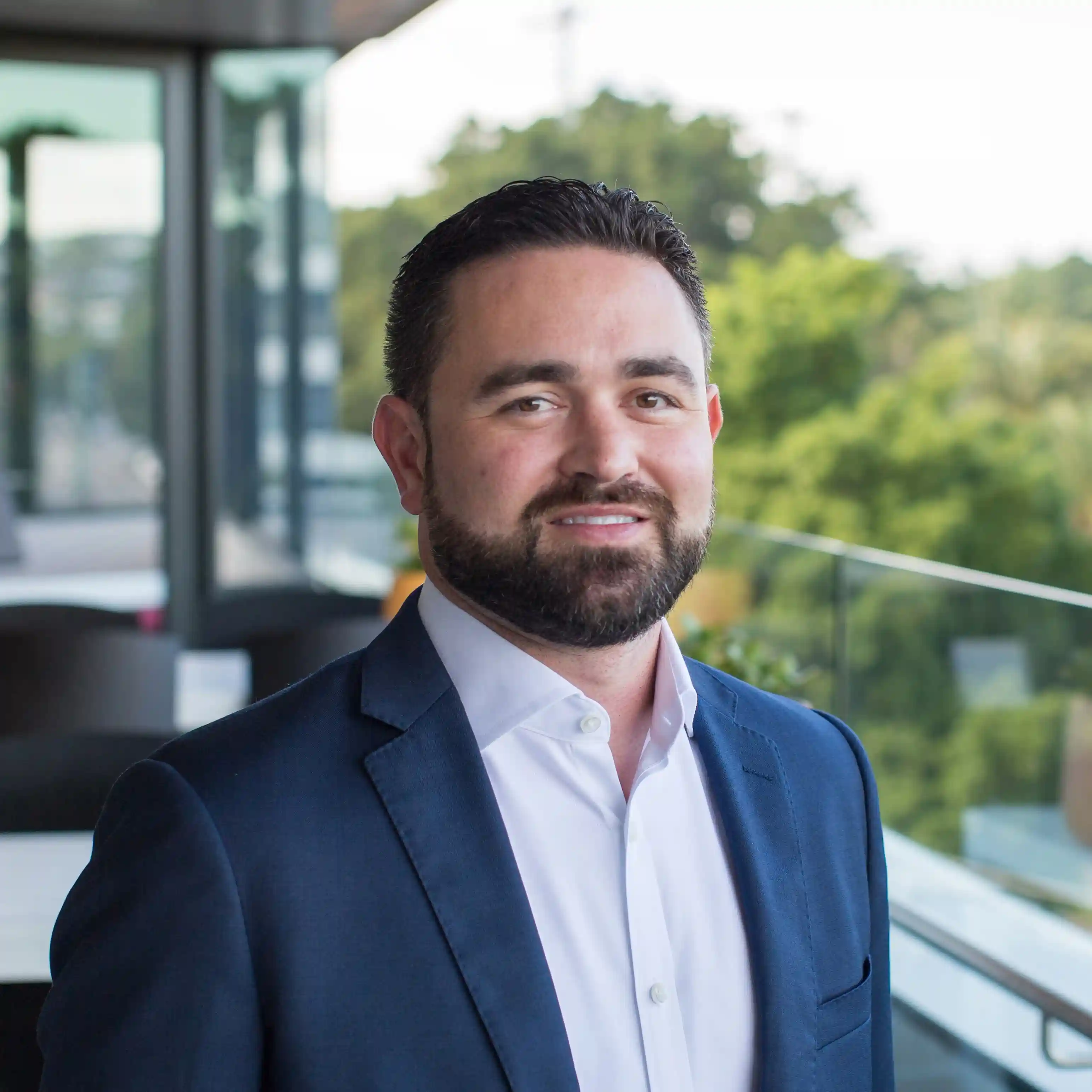As the world becomes increasingly focused on the global transition toward environmental sustainability and social equity, investors must understand what they’re getting when they invest in a financial product such as an exchange traded fund (ETF), managed fund or model portfolio.
Over the past few decades, the term ‘ESG’, which stands for Environmental, Social and Governance, dominated investment markets in its attempt to appeal to more conscious investors. The approach refers to investments that have, in some way, considered the non-financial risk factors outlined below:
Environmental Factors: Resource usage, pollution and renewable energy initiatives
Social Factors: Labour practices, inclusion, community relations and customer satisfaction
Governance Factors: Company board diversity, manager/executive compensation, shareholder rights and transparency
While the term ESG succeeded within investment markets to express the shifting attitudes and values of society, it has since lost most of its effect today.
Much of what constituted ESG has now become normal practice in businesses as companies have recalibrated to societal expectations. Meanwhile, when financial products like managed funds and ETFs use the term ESG, it has become more of a box-ticking or branding strategy designed to satisfy those more conscious investors. Unfortunately, this can lead to misconceptions about what’s actually ‘under the hood’ of these investments.
More recently, the concept of ‘Impact’ investing has gained traction, going beyond what was initially considered by ESG investing.
Impact investing specifically identifies and targets investments that generate measurable positive change. Importantly, this investment approach still seeks to provide investors with attractive financial returns, but with a more focused and active approach when it comes to the sort of businesses to which capital is allocated.
The primary purpose of Impact investing is to create positive change by actively addressing pressing societal and environmental challenges. As a result, this approach is often associated with and targeted toward specific objectives, such as the United Nation’s Sustainable Development Goals.
Examples of some of these goals include:
- Affordable and clean energy
- Clean water and sanitation
- Gender equality
- Quality education
- No poverty
- Zero hunger
The Cutcher & Neale Positive Impact Model was established in 2019 and, as the name suggests, adopts an Impact investment approach.
The Model Portfolio is designed for clients who want to be more environmentally and socially conscious, know their money is being invested for more than financial returns, and contribute to the betterment of society.
To learn more about our Positive Impact Model or find out how you can adapt your investment style to match your values, you can speak with one of our Investment Advisors today.
Wade is the head of the Investment Services division at Cutcher & Neale and has over 15 years of industry experience in accounting and investment advisory roles.
Wade guides his division on the belief that investment portfolios should be built on transparency and flexibility. His expertise focuses on direct portfolio exposure to both Australian and Global Investment markets.
Start strong in January: Why smart tax planning begins well before June
AI Explainer: Who’s Behind the Tools You Keep Hearing About?
Ready for Next-Level Automation? See What’s New in Ostendo 243
Thinking ahead, acting today: Must-know succession strategies for practice owners
From locum shifts to running your own practice: When your cover needs an upgrade





